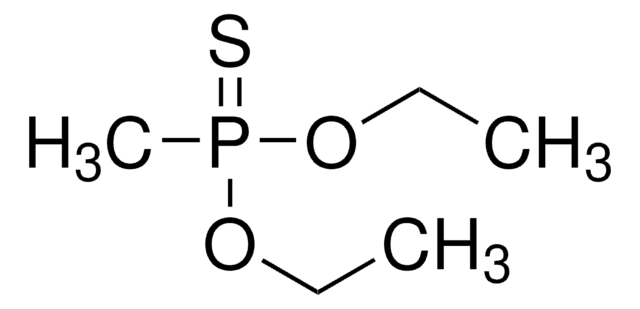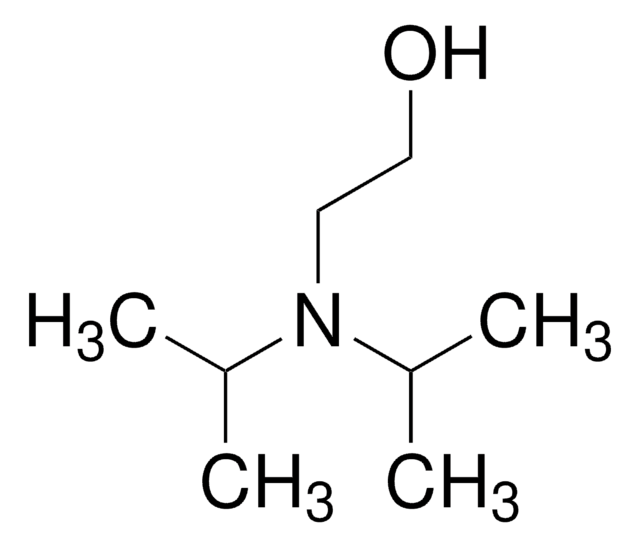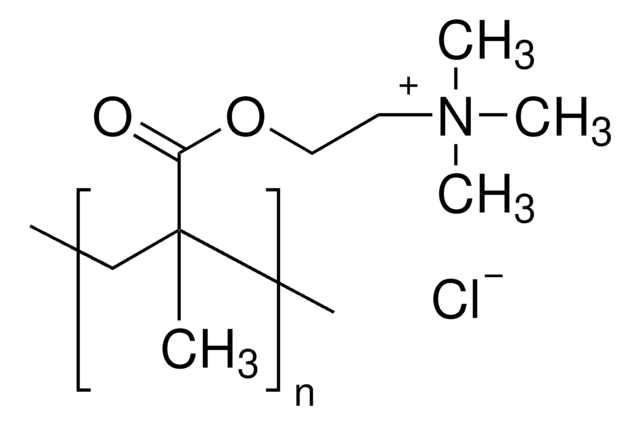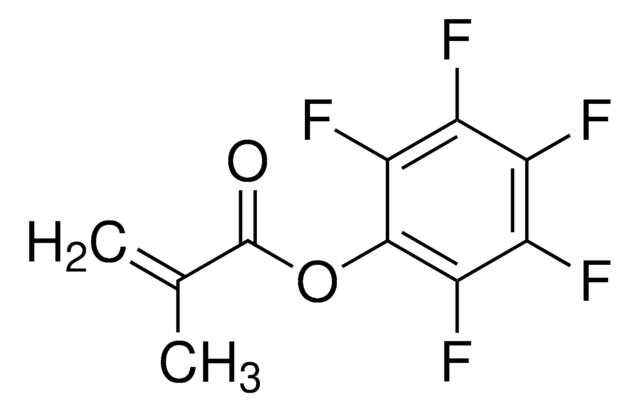Alle Fotos(2)
Wichtige Dokumente
730971
2-(Diisopropylamino)ethylmethacrylat
97%, contains ~100 ppm monomethyl ether hydroquinone as inhibitor
Synonym(e):
DPA, DPAEMA
Anmeldenzur Ansicht organisationsspezifischer und vertraglich vereinbarter Preise
Alle Fotos(2)
About This Item
Empirische Formel (Hill-System):
C12H23NO2
CAS-Nummer:
Molekulargewicht:
213.32
EG-Nummer:
MDL-Nummer:
UNSPSC-Code:
12162002
PubChem Substanz-ID:
NACRES:
NA.23
Empfohlene Produkte
Qualitätsniveau
Assay
97%
Form
liquid
Enthält
~100 ppm monomethyl ether hydroquinone as inhibitor
Brechungsindex
n20/D 1.145
Dichte
0.900 g/mL at 25 °C
Lagertemp.
2-8°C
SMILES String
CC(C)N(CCOC(=O)C(C)=C)C(C)C
InChI
1S/C12H23NO2/c1-9(2)12(14)15-8-7-13(10(3)4)11(5)6/h10-11H,1,7-8H2,2-6H3
InChIKey
SVYHMICYJHWXIN-UHFFFAOYSA-N
Allgemeine Beschreibung
2-(Diisopropylamino)ethyl methacrylate (DPA) is a methacrylate class of monomer used to prepare various DPA-derived polymers, which includes poly(2-(diisopropylamino)ethyl methacrylate) (PDPA). PDPA is a water-soluble polymer, which exhibits sensitivity to changes in pH and temperature. At pH levels below its pKa value of approximately 6.5, PDPA undergoes a transition from hydrophobic to hydrophilic behavior. This transition is attributed to the protonation of its amino groups. These unique properties of PDPA polymers consequently make them very useful in various applications such as drug delivery, gene delivery, sensors, surfaces, membranes, and chromatography.
Anwendung
2-(Diisopropylamino)ethyl methacrylate can be used:
- As a monomer in the synthesis of multi-responsive hyperbranched copolymers by combining poly(oligo(ethylene glycol)methyl methacrylate) (P(OEGMA)) and 2-(diisopropylamino)ethyl methacrylate (PDIPAEMA) using RAFT polymerization. These polymers find application in drug delivery, gene delivery and tissue engineering.
- A monomers in the synthesis of block copolymer poly(ethyleneglycol)-b-poly(2-(diisopropylamino)ethyl methacrylate) (PEG-b-PDPAEMA). These pH-responsive micelles can be used for enhanced intracellular drug delivery. The DPA monomer contributes to the pH-responsive nature of the copolymers.
Signalwort
Danger
H-Sätze
Gefahreneinstufungen
Eye Dam. 1 - Skin Irrit. 2 - Skin Sens. 1 - STOT SE 3
Zielorgane
Respiratory system
Lagerklassenschlüssel
10 - Combustible liquids
WGK
WGK 3
Flammpunkt (°F)
210.0 °F
Flammpunkt (°C)
98.9 °C
Hier finden Sie alle aktuellen Versionen:
Besitzen Sie dieses Produkt bereits?
In der Dokumentenbibliothek finden Sie die Dokumentation zu den Produkten, die Sie kürzlich erworben haben.
Kunden haben sich ebenfalls angesehen
Emma von Wowern et al.
The journal of maternal-fetal & neonatal medicine : the official journal of the European Association of Perinatal Medicine, the Federation of Asia and Oceania Perinatal Societies, the International Society of Perinatal Obstetricians, 30(19), 2309-2314 (2016-10-14)
Uterine artery (UtA) Doppler velocimetry changes and increased arterial stiffness are associated with preeclampsia. We aimed to investigate the relation between UtA velocimetry changes and arterial stiffness in pregnant women. Doppler velocimetry and photoplethysmographic digital pulse wave analysis (DPA) were
Robert K McNamara et al.
Prostaglandins, leukotrienes, and essential fatty acids, 136, 23-34 (2017-05-23)
There is a substantial body of evidence from animal studies implicating polyunsaturated fatty acids (PUFA) in neuroinflammatory, neurotrophic, and neuroprotective processes in brain. However, direct evidence for a role of PUFA in human brain structure and function has been lacking.
Kaishi Narushima et al.
Nanoscale, 9(30), 10653-10661 (2017-06-14)
Up-conversion materials composed of donor and acceptor molecules which convert low energy photons into higher energy ones by triplet-triplet annihilation can improve the sensitivity of photocatalysts or the efficiency of solar cells. The use of crystalline materials can lead to
Daniel Martínez-Laguna et al.
PloS one, 13(9), e0203533-e0203533 (2018-09-08)
An increased fracture risk has been described as a complication of Type 2 diabetes mellitus (T2DM). Clinical prediction models for general population have a limited predictive accuracy for fractures in T2DM patients. The aim was to develop and validate a
Marina E Aspholm et al.
Food microbiology, 84, 103259-103259 (2019-08-20)
Bacillus licheniformis is frequently associated with food spoilage due to its ability to form highly resistant endospores. The present study reveals that B. licheniformis spore peptidoglycan shares a similar structure to spores of other species of Bacillus. Two enzymatic activities
Unser Team von Wissenschaftlern verfügt über Erfahrung in allen Forschungsbereichen einschließlich Life Science, Materialwissenschaften, chemischer Synthese, Chromatographie, Analytik und vielen mehr..
Setzen Sie sich mit dem technischen Dienst in Verbindung.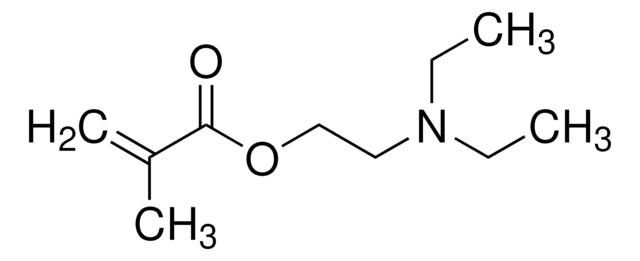
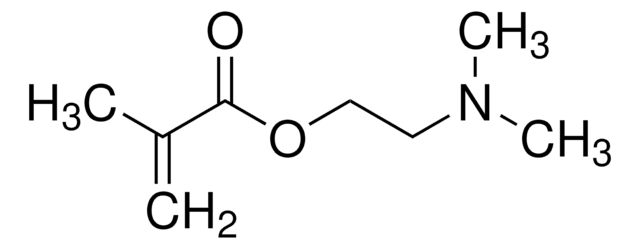

![N-[3-(Dimethylamino)propyl]methacrylamid 99%, contains MEHQ as inhibitor](/deepweb/assets/sigmaaldrich/product/structures/295/145/6b4aae15-7cb5-4b7b-9c06-8e6d24e50951/640/6b4aae15-7cb5-4b7b-9c06-8e6d24e50951.png)
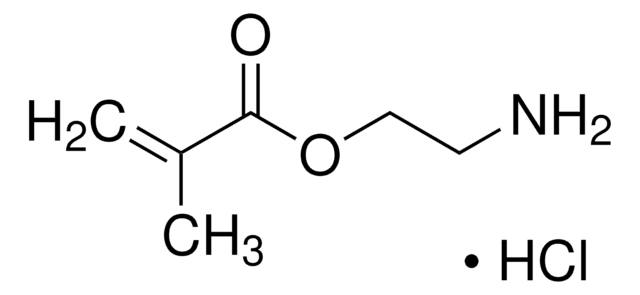

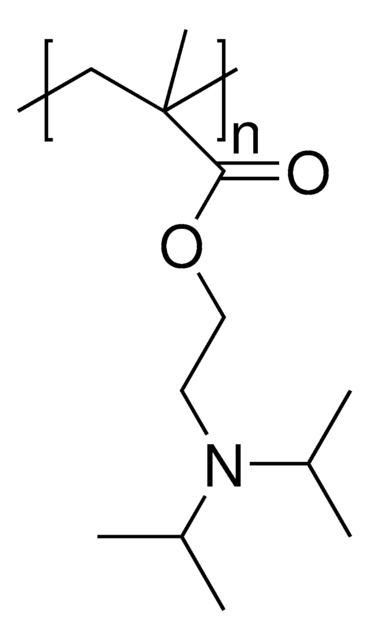
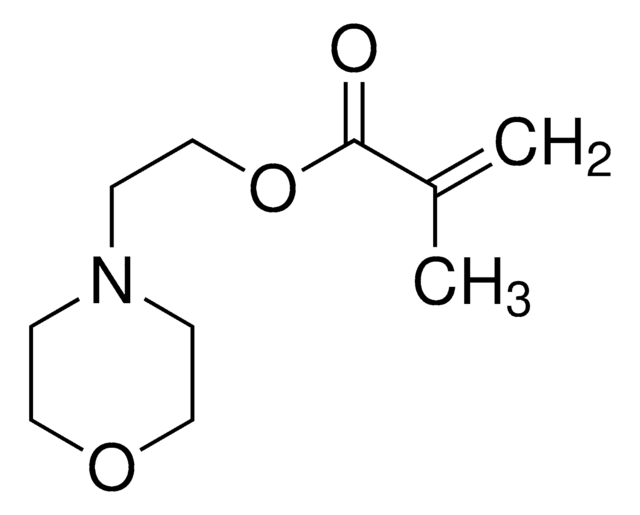
![[2-(Methacryloyloxy)ethyl]trimethylammoniumchlorid -Lösung 75 wt. % in H2O](/deepweb/assets/sigmaaldrich/product/structures/316/612/66b0f4cf-d060-427d-b4f5-e8fab3e5cffe/640/66b0f4cf-d060-427d-b4f5-e8fab3e5cffe.png)




